Locating microbial metabolite hotspots to resolve soil energy and organic carbon dynamics
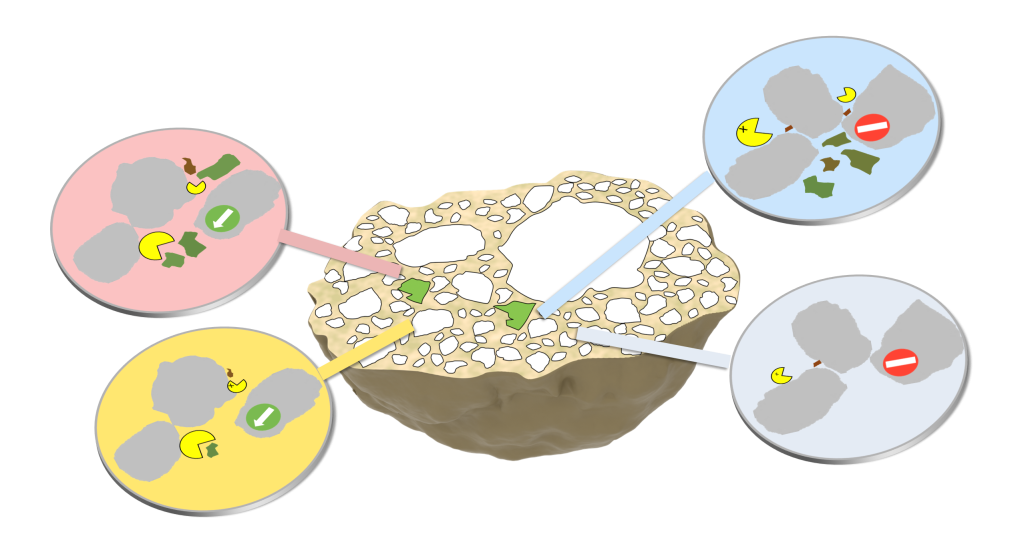
In the SoilEnergySpots project, we aim to advance the understanding of how the accessibility of organic carbon mediates energy dynamics within soils. To achieve this, we combine interdisciplinary experimental and modelling approaches with microcalorimetry and mass spectrometry imaging.
Using an agricultural model soil, we compare the turnover of common microbial metabolic model compounds with varying enthalpies. Our experiments investigate how soil aggregate structures and specific treatments may limit spatial accessibility, potentially affecting microbial energy conversion. To analyze these effects, we are developing and adapting spatial metabolomics techniques for soil systems. These methods allow us to map the fine-scale distribution of microbial metabolites—such as amino sugars which help identify “necromass hotspots” within the soil matrix.
We complement this approach with spatial analysis of ¹³C-labeled substrate distribution on mineral surfaces using NanoSIMS. Additionally, we examine how the spatial arrangement of maize litter and the energy provided by microbial metabolites may enhance or inhibit the formation of mineral-associated organic matter, a key factor in soil carbon storage.
We complement the experimental work in SoilEnergySpots with a thermodynamic modeling component, aiming to integrate the spatial accessibility of different pools of organic matter into a dynamic equilibrium framework based on mass fluxes and enthalpy. By combining calorimetric measurements with the fine-scaled mapping of microbial metabolites, we aim to reveal biogeochemical factors leading to the the formation of spatially distinct energetic spots in soils—zones that may host microbes with differing metabolic efficiencies.
We hypothesize that the spatially heterogeneous arrangement of soil spots with different energetic efficiencies plays a critical role in regulating organic carbon dynamics and energy dynamics in soils. As an interdisciplinary team from soil science, biothermodynamics, and analytical chemistry, we jointly contribute to build a deeper conceptual understanding of the energetic drivers and inhibitors of organic matter transformation in soils.
Link to English scientific abstract
Link to German scientific abstract
Research Team
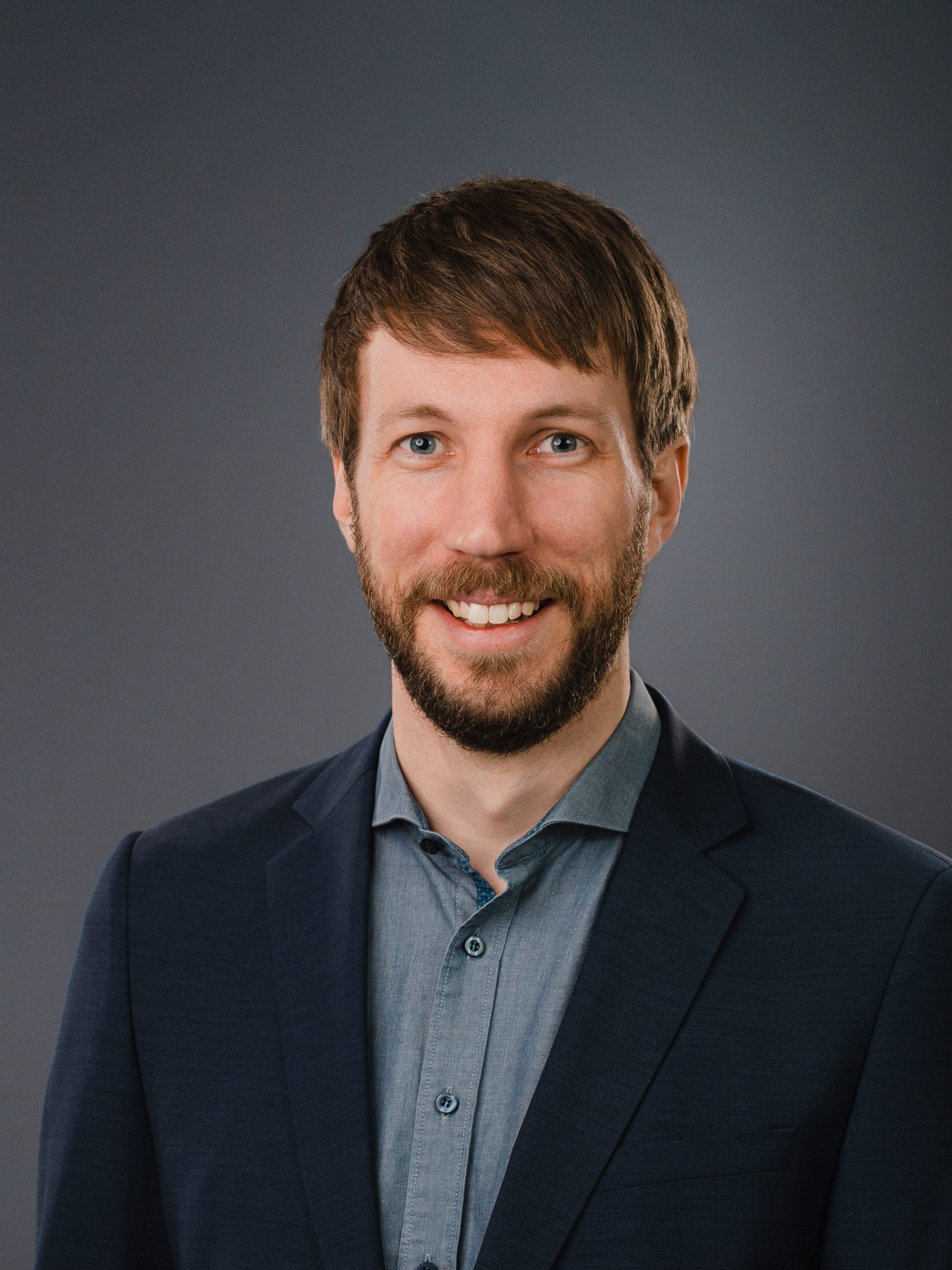
Project Leader
steffen.schweizer@tum.de
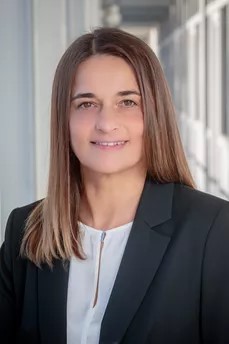
Project Leader
mirjana.minceva@tum.de
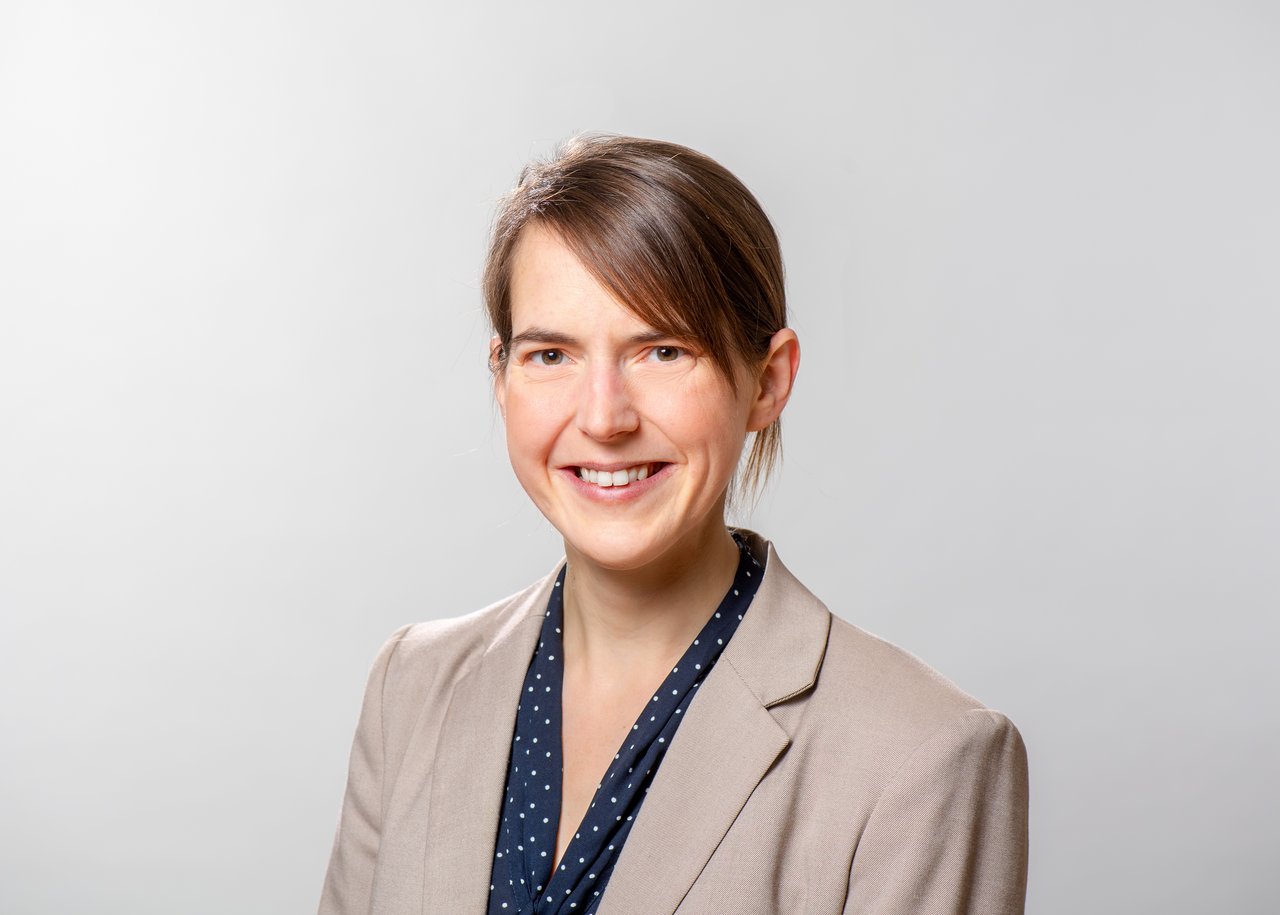
Project Leader
nicole.strittmatter@tum.de

Postdoc
cennet.yildiz@tum.de
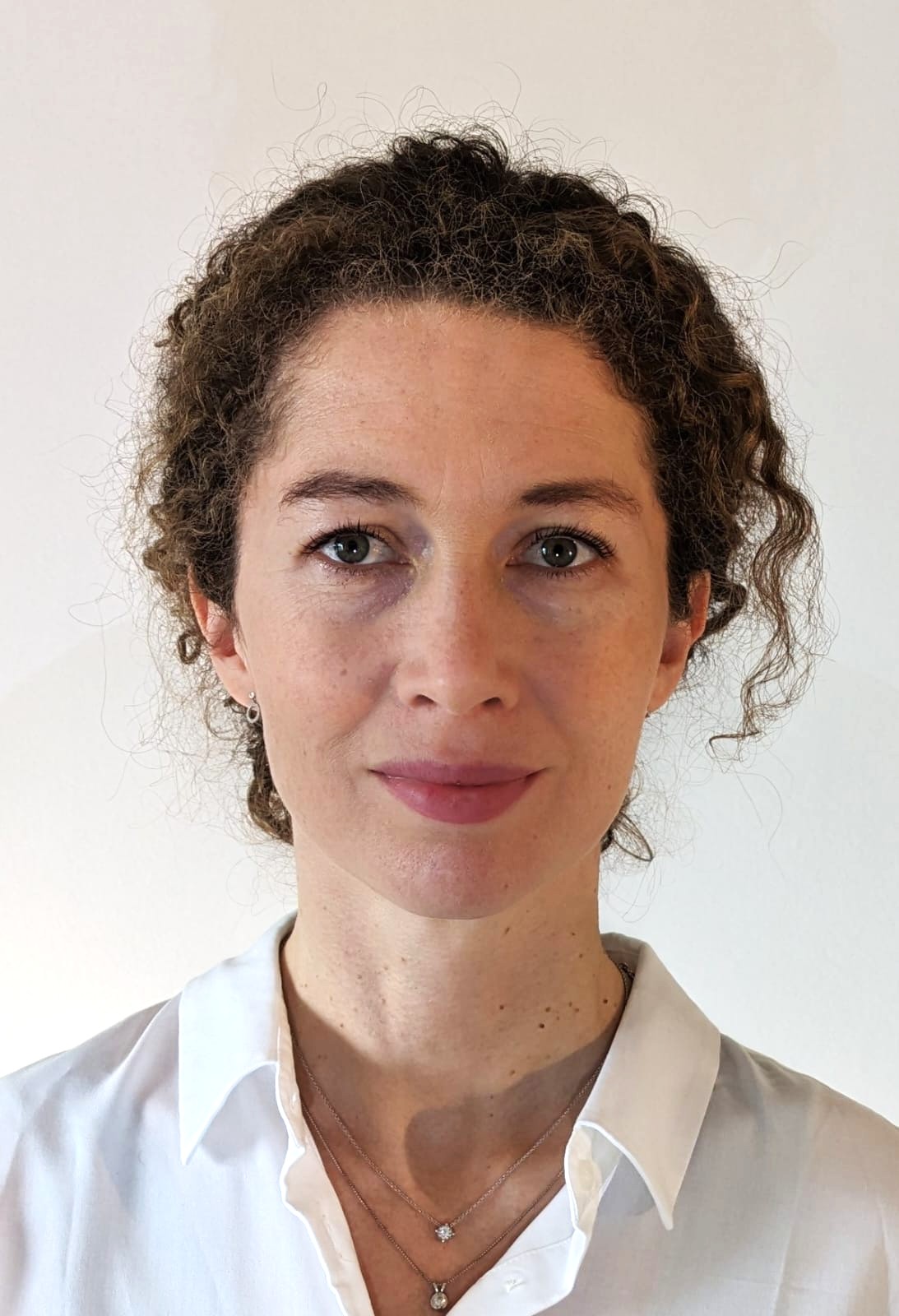
Postdoc
lieby.zborovsky@tum.de

PhD student
mail will follow
Technical University of Munich
TUM School of Life Sciences
Soil Science
Technical University of Munich
TUM School of Life Sciences
Biothermodynamics
Technical University of Munich
TUM School of Natural Sciences
Analytical Chemistry